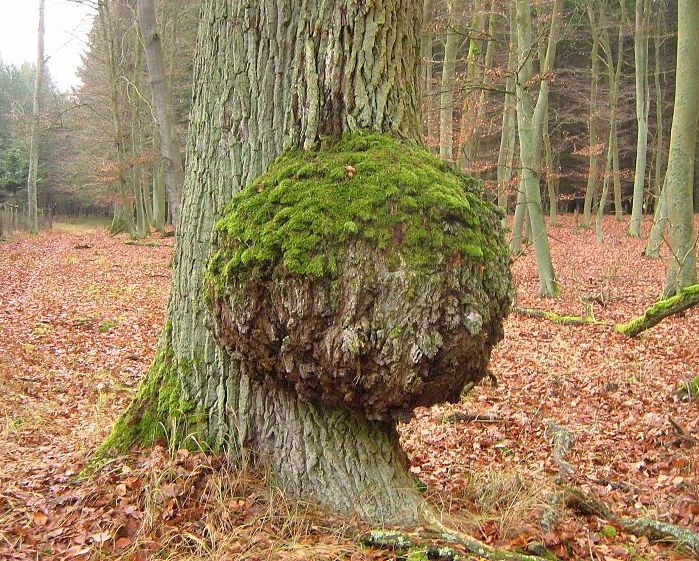Chimera African Violets – What Are They? How Do I Cultivate Them?
[caption id="attachment_23293" align="alignright" width="480"] Pinwheel[/caption] In the 1950s, if an individual owned an African Violet, it was usually a small houseplant with fuzzy green leaves and blue or purple flowers. It wouldn't be long before violets came in nearly every color except the elusive yellow. And flowers were no longer necessarily singles. All sorts of combinations were introduced. Some flowers even had curly green edges. But even more striking developments were to come. Among these were the chimera violet. We ask: what is a chimera violet? where does it come from? how can I cultivate one? What Is a Chimera Violet? First, consider the word chimera. It is a complex word with various meanings. In mythology, a chimera is a beast constructed of parts from two or more different animals.…

